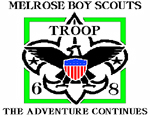 The following is an excerpt from the journal I kept during my Boy Scout troop’s trek through Philmont Scout Ranch in 1986:
The following is an excerpt from the journal I kept during my Boy Scout troop’s trek through Philmont Scout Ranch in 1986:
Ute Springs Camp was the smallest of the various camps at which we stayed. The site we chose was quite small. A little trickle of a stream bordered the east side. The south and west sides were rimmed by steep hills. The sloped gradually upward toward larger site which the PA group was using. The stream had to be crossed to get back to the trail from the site.
Ute Springs was so small that we decided to leave the tents packed and sleep under the dining fly. By adding a tent fly to each end of the dining fly we increased the sheltered area enough for everyone to sleep under and have enough room left to store out packs. It was pretty nice little idea.
A commissary and trading post was located a half mile down the main trail from the camp. We collected our next four day s worth of trail food there. Everyone also stocked up on batteries and junk food.
The scouts had a surprise for me when we got to camp. The commissary had a “swap box,” placed outside the door. Crews could swap food they did not care for for foods that other crews had left behind. When I was not watching the Scouts traded some of the food we didn’t like. In the trade they picked up a couple of boxes of tomato flavored cup-a-soup since they knew there were some meals coming up that I did not care to eat. I thought to myself that this act of consideration was quite thoughtful of the guys. It also restored my confidence in them regarding thinking about others.
The campfire program we held at Ute Springs was quite unique from others we had held. We set the stage for a reunion of our crew members which was to be held in twenty years at this very campsite. Each person would give an account of the last twenty years of his life. All life accounts had to be fairly believable.
Scott volunteered to be the first Scout to arrive for the reunion. According to the scenario, he had already made camp by the time the rest of us had arrived, one by one. The guys were a bit confused as to how they should enter camp as if twenty years had past so I set the stage by entering the campsite “first”. Brian came in next. Jeff and Robert came in together having met along the way. Gerry was the last to arrive. When he walked into camp we all busted out laughing. He looked and walked exactly the way his father does. It was uncanny. We exchanged greetings and handshakes as each person arrived. Each of us found a place to sit around the campfire. Then the stories began.
Gerry was the first to tell about his life “since he left the troop.” When his wife received the invitation in the mail regarding the reunion she had had to contact him at his archeological dig in Africa. He left the dig site, and the 500 workers, in the care of his assistants. Gerry’s wife had already written two lusty novels and was currently working on a third. Her first novel, Sex Under The Eucalyptus Tree, was a bestseller. They have son, who they have named Gerry.
Brian is a staff sergeant in the army. He is currently stationed in West Germany. He has fifteen years of military experience and plans to retire from the army in other five years. He hopes to receive a government job after his stay with the army. Brian has remained unmarried and has no children.
I live in California with my wife and four children, three boys and one girl. My sons, ages 15, 13, and 9, are all involved with Scouting. I hold the committee chairperson position of their troop. Several years ago, I sold my shares in the three lumber years I had a partnership in, and started producing movies. My first films, Rocks Of The Piedmont and The Red Bandanna, broke even at the box office. The next project I will work on involves the adventures of a troop of Boy Scouts.
Robert has chosen Montana as his home. He and his wife are raising two children, and boy and a girl. Robert has always been interested in cars. His automobile collection includes fifteen cars, one of which is a Lambourgine(?). His three auto body shops keep him quite busy.
Jeff is still unmarried. Ann, his girlfriend while he was a Scout, dropped him in his senior year for a basketball player. Florida is were Jeff calls home. He works at a school for handicapped children where he receives a lot of pleasure from working with the kids. He has adopted two children, one boy and one girl. Both kids are handicapped. Jeff spends as much time with them as he can. They often go to amusement parks, museums, or other fun places in his 1986 black Jaguar.
Scott, his wife, son, and daughter have made a home in Texas. He owns his own architectural firm which is doing quite well.
It will be interesting to look each other up in twenty years and see how close these predictions came to real life.
Tonight was Jeff’s turn for the first bear watch. Robert agreed to stand watch with Jeff if Jeff would do the same for him. They woke me up at 11:00 for my turn. I was tired, and did not want to get up, so I traded watches with Robert as long as he was already up anyway.
Thirty minutes later our camp was hit by a downpour. Jeff and Robert scrambled for shelter under the fly. Within minutes small streams were flowing down the hills, and we were in their paths. Everyone was moving gear and sleeping bags to drier spots. The plastic ground cloths were repositioned to to keep the water from flowing over them.
Gerry missed it all. Once again he was unwakeable. He never saw the rivers of water as they past below our plastic sheets on their way to the stream on our east side. Fifteen minutes later I too was asleep. Needless to say, bear watches were canceled for the rest of the night.
As we expected, our gear was drenched in the morning. Within a few minutes over two hundred feet of rope was stretched between the trees. Sleeping bags, foam pads, clothes and ground cloths were hung on every available foot of line. We waited as long as we could before repacking it, but it was not long enough to dry everything completely. There was a good chance that we would be sleeping in damp bags tonight.
This and other Philmont journals and photo galleries can be found at http://melrosetroop68.org/highadventure.html
Footnote: It has been over 20 years since that night at the campfire. Gerry still lives in the area but the rest have moved away from Melrose. Robert stops by for a visit a couple times a year. Jeff and Scott live near the Twin Cities. I have not seen either of them for years. Brian is the only one who came close to doing what he said he would do. He did actually enter the military and made a career of it. I think I have seen him twice since he graduated from high school.
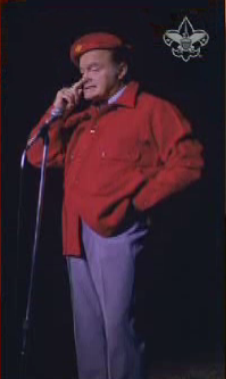

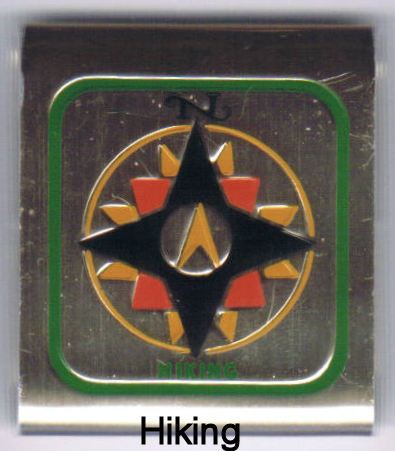

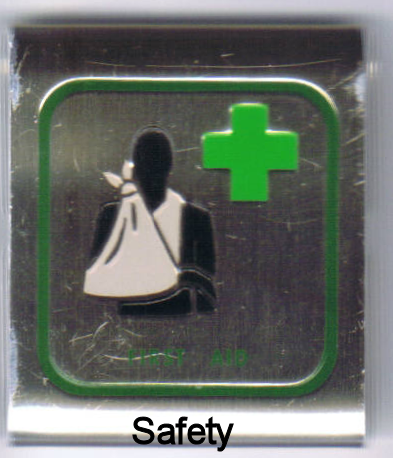
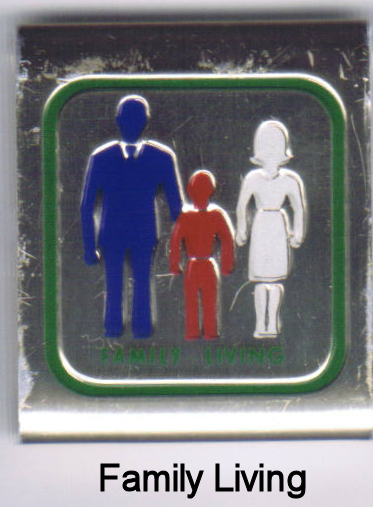
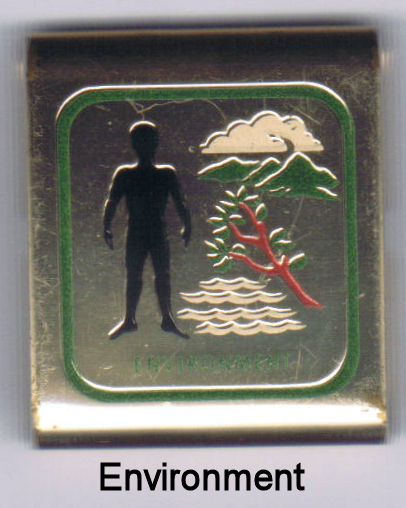 After six skill awards that began with the letter C (which is half of them, by the way) we arrive at the Environment Skill Award. Some of these requirements made it to the new rank requirements in the late 1980’s. Some of them almost seemed like they were preparing the Boy Scout for some of the environmental themed merit badges. Here are the requirements:
After six skill awards that began with the letter C (which is half of them, by the way) we arrive at the Environment Skill Award. Some of these requirements made it to the new rank requirements in the late 1980’s. Some of them almost seemed like they were preparing the Boy Scout for some of the environmental themed merit badges. Here are the requirements: